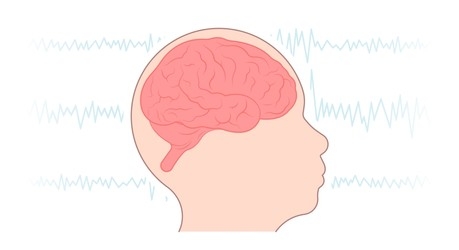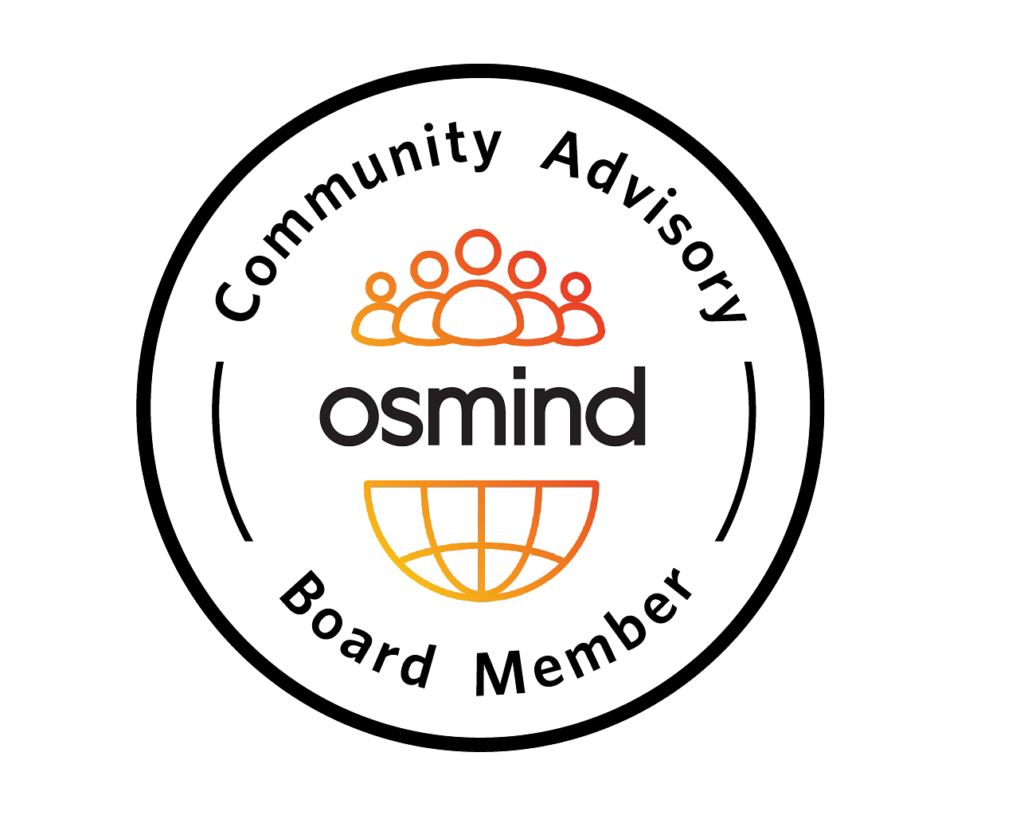Transcranial Magnetic Stimulation (TMS) therapy has been researched for over thirty years. In 2008, the FDA approved it in the United States for the treatment of Major Depressive Disorder in adult patients who tried medications with no satisfactory results.
How does TMS therapy work?
TMS therapy utilizes a series of brief magnetic pulses that stimulate targeted neurons in the prefrontal cortex of the brain. Neuronal lesions found in this area of the brain are responsible for symptoms of depression and anxiety. These lesions can be described as poorly communicating brain cells often due to periods of heightened stress or trauma. Using Stim-Guide mapping, our targeted approach will determine each patient’s ideal treatment target and ensure perfect stimulation for the entirety of each treatment. The goal is optimization of neuronal communication and restoration of brain activity to normal levels with little to no side effects.
Many mental health professionals are including TMS therapy as part of their treatment plan to address the root cause of their client’s depression. The treatment is simple, non-invasive, and medication free. While the treatment does not require any downtime, the two protocols offered at Scenic City Neurotherapy require different time commitments.
Choosing a TMS treatment path that fits the patient’s schedule is imperative for success.
What is the difference between SNT Protocol VS Classic TMS?
Scenic City Neurotherapy is the region’s only provider of iTBS (SNT Protocol). This aggressive 5-day protocol was developed by the Stanford Department of Psychiatry. It allows the patient to undergo 10 sessions per day for five consecutive days, totaling 50 sessions. In addition to the treatment room, the patient is provided access to a kitchen area and their own private room to relax, read, study, or work (if necessary) between sessions. This option is good for individuals who have the ability to take time off from work.
The rTMS (Classic TMS) protocol is one treatment per day, Monday-Friday, for 6 weeks with a 3-week wean, totaling 36 sessions. This option is good for those who cannot take off time from work or daily responsibilities. Individuals can drive themselves to and from each session and carry on normally for the remainder of the day.
It is important that treatment protocols are tailored to fit the needs of the individual. While counseling and/or medication alone can effectively treat depression, there are many advantages to including TMS therapy in your treatment plan to address the root cause of your client’s depression.
What are the advantages of TMS Therapy at Scenic City Neurotherapy?
There are many advantages to TMS therapy as a treatment option for depression. At Scenic City Neurotherapy, we utilize Magstim, the most advanced FDA-approved rTMS therapy system offering Stim-Guide mapping. This type of neuronavigation helps to ensure precise coil positioning with every patient treatment – thus enhancing optimal outcomes for a much-improved quality of life.
The TMS therapy protocols with StimGuide boast the following success rates:
- rTMS (Classic TMS) reports a patient remission of depressive symptoms of 70%.
- iTBS (SNT Protocol) reports a greater than 90% rate of remission of depressive symptoms.
The patient can achieve long term relief in as little as five days without the long-term need for a daily medication. TMS Therapy bypasses common side effects of antidepressants such as:
- Insomnia
- GI upset
- Weight gain
- Sexual dysfunction
- Foggy thoughts, concentration problems
The patient can achieve long term relief in as little as five days without the shock or induction of a seizure like with ECT. TMS avoids the unpleasant side effects of ECT therapy such as:
- Neck and body aches, muscle spasms
- Memory loss
- Cognitive Deficits, confusion, or psychosis
Does Transcranial Magnetic Stimulation work with current medications?
During the consultation process at Scenic City Neurotherapy, medications are thoroughly discussed and taken into careful consideration when formulating the patient’s treatment plan. We prioritize the safety and well-being of our patients, which is why we require any adjustments to their medication regimen to be done under the guidance of their prescriber.
Throughout the stabilization phase of treatment, we encourage patients not to make any medication or lifestyle changes. Our focus during this period is to ensure a stable foundation for their treatment journey.
Once stabilization treatment is complete, our collaborative approach comes into play. Patients will work closely with their prescriber to optimize medication plans and, in many cases, reduce the need for daily medications. Our goal is to support patients in accessing a wide range of therapeutic options, and ketamine-assisted TMS is one such resource we offer to enhance their treatment experience.
By combining our expertise in ketamine-assisted TMS with the guidance of the patient’s prescriber, we aim to create a comprehensive treatment approach that complements and augments the therapeutic tools available to your clients. Our shared goal is to empower patients on their path to improved mental health and well-being.
Does TMS work with psychotherapy?
Research shows the combination of psychotherapy and TMS therapy can positively affect the patient’s response and remission rates. It may also decrease the number of sessions required to respond.
Neurotherapy treatments such as TMS therapy cause the brain to undergo an optimization process. The goal with these treatments is to enhance cognition and emotional regulation while improving emotional and physical reactivity. Simply put, TMS therapy restores the conscious, logical areas of the brain’s control like what we feel and how much we feel. It is a purely physiological change which allows the patient to maximize success while working with his or her psychotherapist to reach goals and establish daily self-management of mental health.
Do you collaborate with other medical providers?
We have developed our approach with the specific goal of collaborating with our patient’s entire health care team. Our focus is on refining the brain’s unconscious response to various stimuli, leading to more appropriate reactions. By doing so, we facilitate improved outcomes in conjunction with the care plan other medical providers are conducting with our patients.
One of the key benefits we offer is the enhancement of neuroplasticity, or the brain’s ability to adapt and reorganize itself in response to new experiences and information. An increase in neuroplasticity enables patients to integrate and retain new information more effectively, promoting overall growth and progress.
Our commitment is to work alongside all health care providers in our community, utilizing our expertise to enhance the patient’s neuroplasticity and overall treatment experience. Our medical team is readily available for discussions with supporting health care providers regarding their patient’s treatment plan. Together, through a collaborative effort, we can empower patients to achieve their goals and make meaningful improvements in their journey towards better mental well-being.
How many booster sessions can I expect to need after the initial TMS protocol?
We believe that maintaining better mental health is an ongoing and lifelong journey. Our boosters serve as a tool to be utilized in sustaining and supporting this continuous improvement.
Typically, the patient will receive their first booster approximately 4-6 weeks after the initial stabilization period. However, the frequency and timing of these boosters are tailored to each individual’s specific needs and response to treatment. As practices and coping skills improve, there is a diminishing need for regular treatment. The patient becomes empowered to navigate their mental health journey more independently.
Whether the patient chooses to proceed with TMS boosters or ketamine infusion boosters, one of the significant advantages of our approach is there is no risk of dependency, eliminating the need for a wean-off process.
Our goal is to equip patients with the tools and necessary support for long-term well-being and resilience. By customizing maintenance plans and providing booster infusions when needed, we strive to assist our patients in achieving sustained progress and a fulfilling quality of life.
Does insurance cover TMS therapy?
Insurance coverage for TMS therapy varies by location, insurance plan, and protocol.
Our Classic TMS Protocol is covered by the vast majority of insurance providers with the exception of Medicaid. Patients are usually responsible for their portion of deductibles and copays until they meet their maximums. Our TMS Director will file the insurance application and find out the specific details on the patient’s financial responsibilities.
The SNT protocol currently is able to report the highest rate of remission when compared to all other neuro-regenerative interventions for intractable depression. While this protocol is not yet covered by insurance, it is the most effective treatment available for depression. We work with the patient to maximize affordability and help facilitate coverage through financing options and health spending accounts.
Check out our TMS pricing.
Will TMS therapy help me experience the good in my life?
We have seen TMS therapy help patients transition a chronic condition into complete remission, minimizing the need for a daily medication. Their ability to feel present in the moment is enhanced so that they can feel good when good things happen, feel bad when bad things happen, and feel reasonably neutral when nothing is happening.
TMS therapy functions as the missing piece of today’s mental health care plan. Improvement will continue as the patient works to improve their environment and coping skills. Progress made during psychotherapy in the days after treatment works to build them up as they advance toward a long term goal of self-maintenance.


